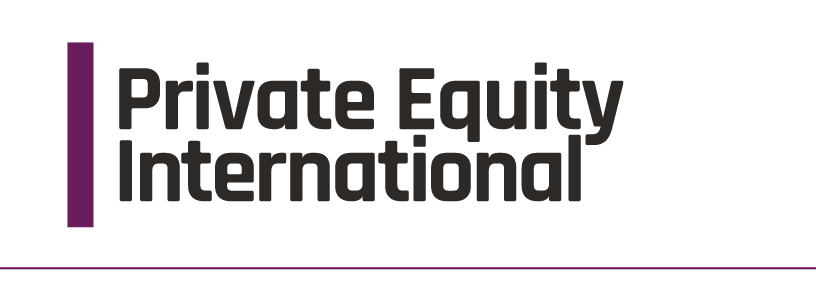To view this content, you need to sign in.
You should only be asked to sign in once. Not the case? Click here
Register now to access this content and more for free.
Accessing the high yield and US bank finance markets is increasingly attractive for European private equity deals, write Latham & Watkins’ Dominic Newcomb and David Walker.
You should only be asked to sign in once. Not the case? Click here
Register now to access this content and more for free.


Copyright PEI Media
Not for publication, email or dissemination